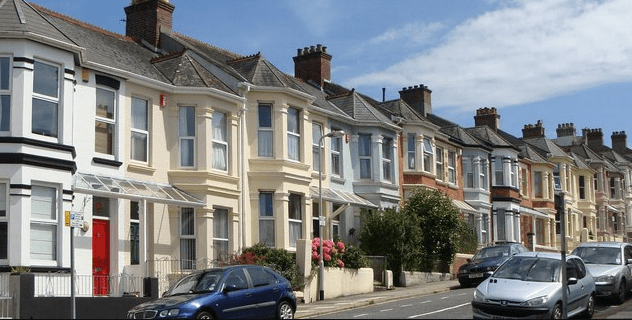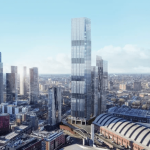The average asking price for homes across the UK has soared to a record high of £377,182 this April, according to the latest data released by property portal Rightmove. This surge in UK house prices 2025 comes despite recent changes to stamp duty that increased tax liabilities for many buyers as of 1 April.
Rightmove’s figures reveal a 1.4% monthly rise in asking prices, outpacing the typical seasonal increases seen in previous years. On an annual basis, house price inflation is currently running at 1.3%.
Notably, this growth has occurred even with the highest number of homes listed for sale in over a decade, indicating a buoyant and resilient housing market.
Buyer interest has climbed by 5% compared to April 2024, while the number of new sellers has risen by 4% year-on-year. The combination of greater buyer demand and more properties available points to a competitive market environment.
Colleen Babcock, property expert at Rightmove, commented: “Confidence from new sellers is a good sign for the overall health of the market, but they do need to be careful when setting their asking price.
The high level of supply right now means buyers are likely to have plenty of homes in their area to choose from, and an overpriced home will stick out for the wrong reasons.
It’s important to remember that among records and national trends, the [country’s] housing market is made up of thousands of diverse local markets, each uniquely responding to market changes and world events.
London, for example, is likely to see greater knock-on effects from the United States trade tariffs than the rest of the country, while Northern regions appear to be performing more strongly post-stamp duty rise.
It’s difficult to predict what the next few months will bring, but if mortgage rates reduce more quickly, it would be a helpful boost to buyer affordability.”
Economists anticipate the Bank of England may reduce its benchmark Bank Rate from 4.5% to 4.25% at its upcoming meeting on 8 May, with up to three additional cuts possible over the year.
Lower interest rates would likely push mortgage rates down further, making borrowing more affordable and potentially fuelling continued market activity.
Potential rate cuts are being considered as concerns grow over the risk of recession stemming from a global trade dispute, following the introduction of US tariffs and retaliatory measures from nations such as China.
On a regional level, the strongest annual price growth was observed in Scotland and northern parts of England:
| Region | Annual Increase (%) | Average Asking Price (£) |
|---|---|---|
| Scotland | 2.6% | £200,593 |
| North West England | 2.6% | £266,408 |
| North East England | 2.2% | £194,213 |
In contrast, growth was more subdued in southern regions:
- London recorded a modest 0.4% annual increase, with the average asking price reaching £699,200 — the highest in the country.
- The southwest saw a 0.2% rise, bringing the average price to £394,342.
Nathan Emerson from estate agent body Propertymark stated: “It is encouraging to witness the market continue to deliver growth, despite the increasingly complex economic challenges we face.
Although the rush from many people in England and Northern Ireland to beat Stamp Duty threshold changes has concluded, we now progress into the spring and summer months, which typically deliver strong momentum.
We remain in a position where inflation is on a potential uneven footing, and this may impact any decision the Bank of England might make regarding interest rates when they next meet on 8 May.”
The coming months will be crucial in determining whether this momentum can be sustained, particularly amid global economic uncertainty and potential shifts in monetary policy.






